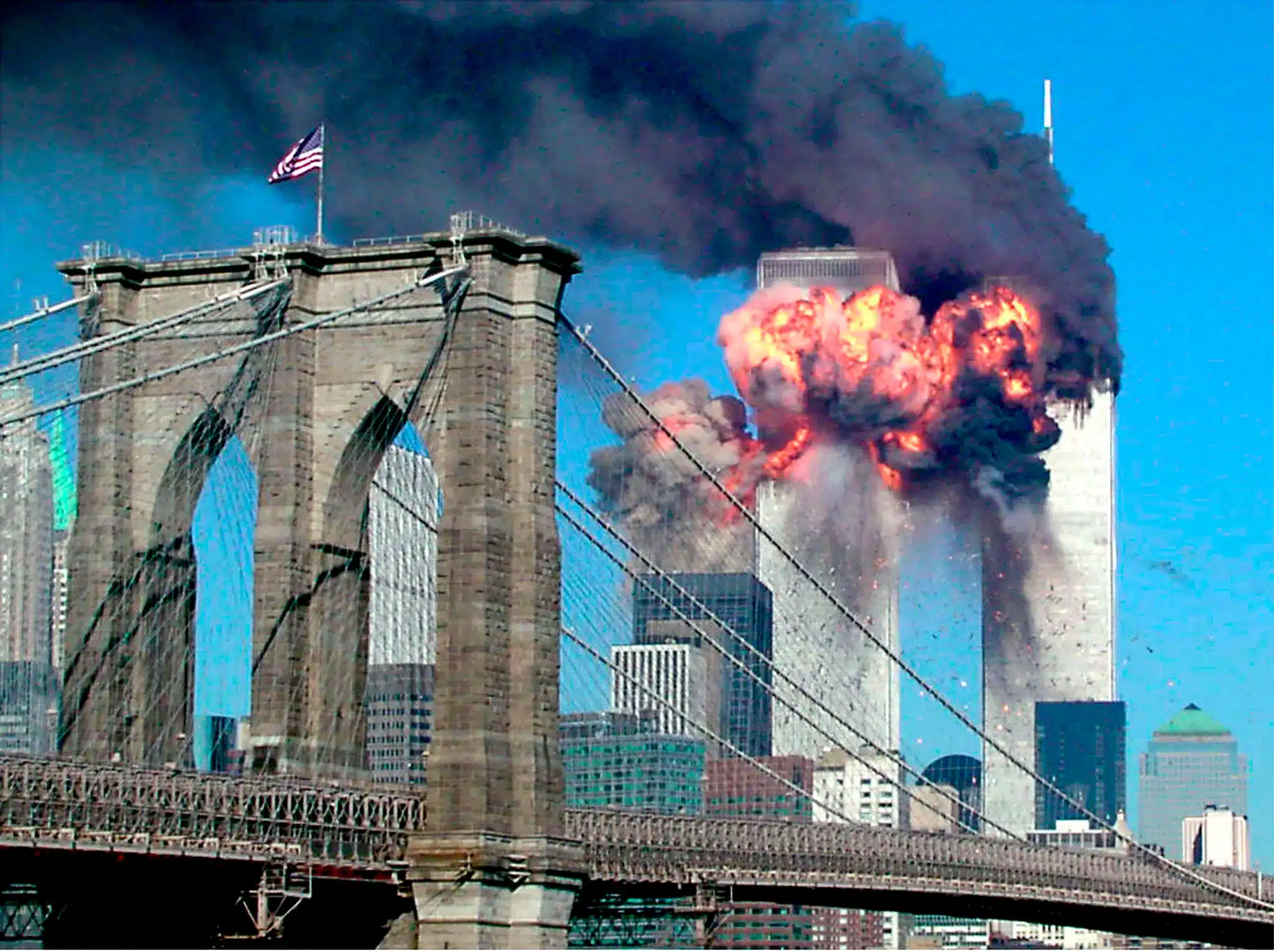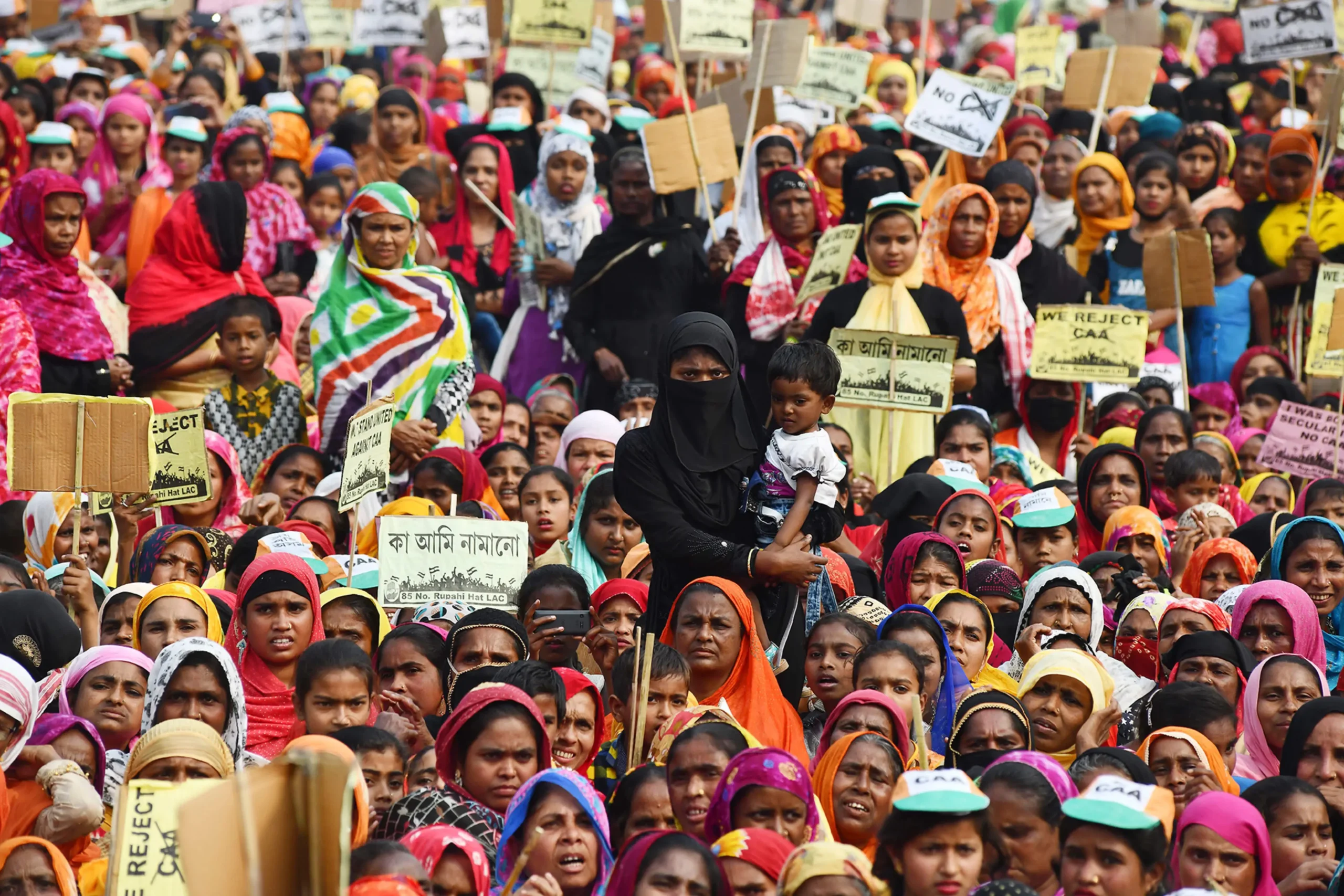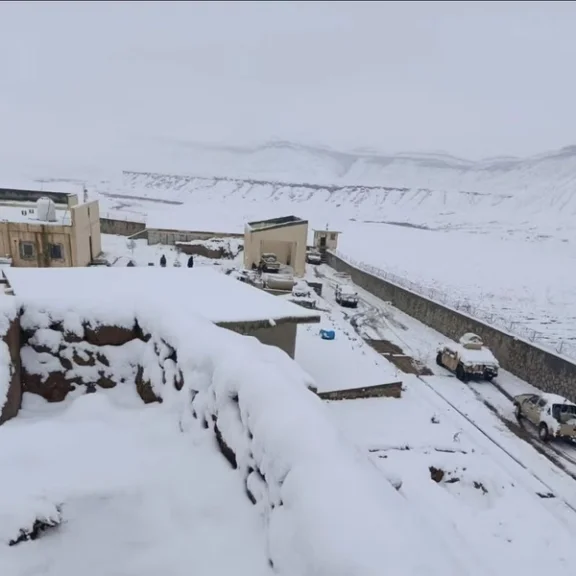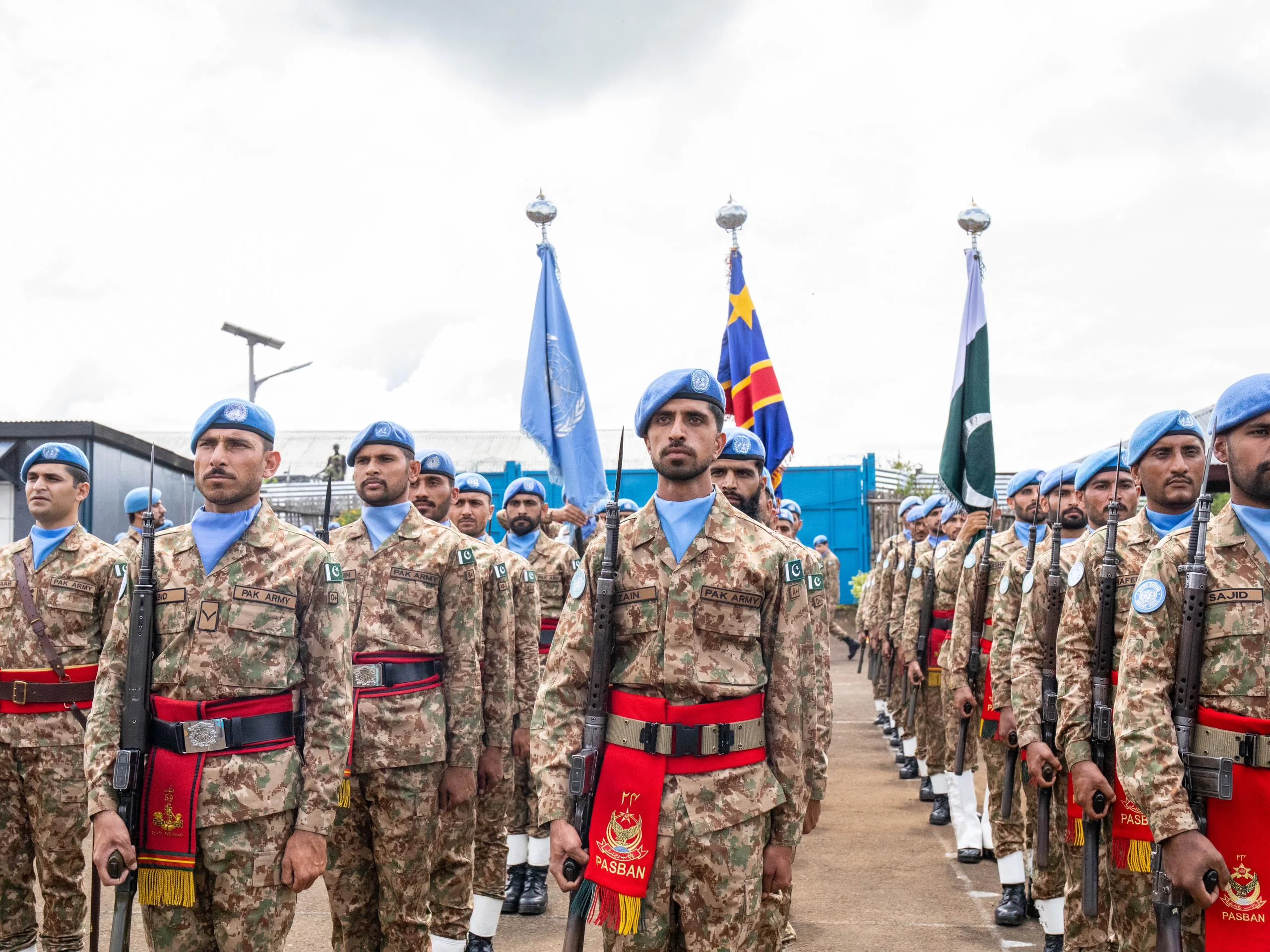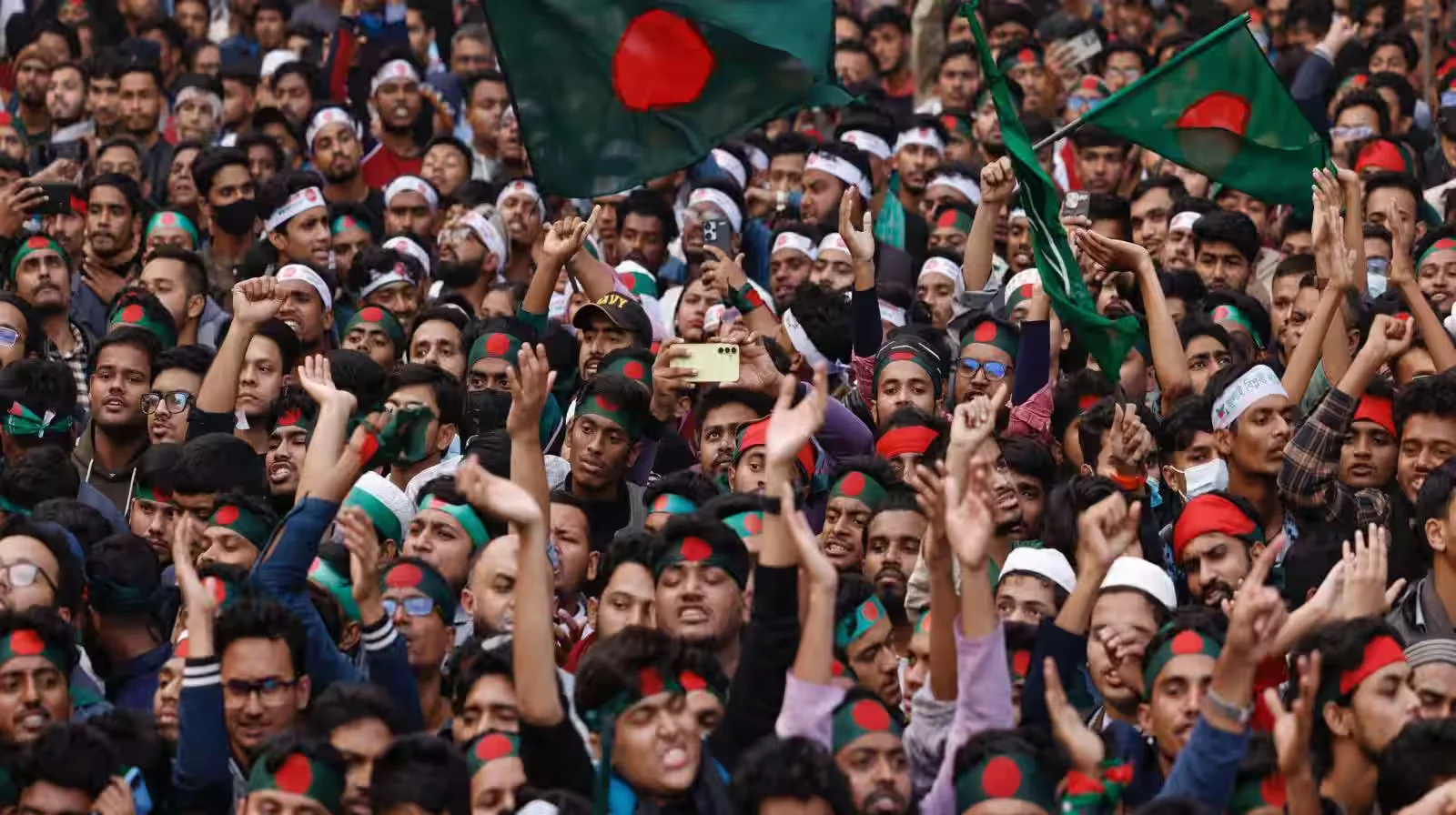South Asia Post-9/11? It’s a whole new game – with politics, security, and power plays shifting fast.
Ever wondered if 9/11 was more than just a tragic day and actually kick started a new era of neo-imperialism? Can we see the “War on Terror” as a modern-day form of colonization, where nations wrapped military invasions, economic dependencies, and political moves in anti-terror rhetoric?
Think about it: The United States invaded Afghanistan. Pakistan’s defense became more tied up with the U.S. India expanded its military. Could these all be part of a new game of global control? Isn’t Afghanistan’s history with U.S. and NATO forces a textbook example of neocolonialism in action?
Here’s how these events have reshaped South Asia’s landscape over the years:
The Rise of Populism in South Asia Post-9/11
The post-9/11 global war on terror accentuated anti-Western sentiment and populism in several South Asian countries.
In Bangladesh and Sri Lanka, extremism and radicalization flourished exacerbating ethnic and religious tensions. Bangladesh, once considered a moderate Muslim-majority country, saw a surge in militancy. This led to the infamous Dhaka café attack in 2016. Sri Lanka faced its own challenges. The Easter bombings in 2019 revealed the presence of ISIS and radical networks.
However, the rise of nationalist populism has not been confined to religion alone. Leaders like Narendra Modi in India and Mahinda Rajapaksa in Sri Lanka capitalized on nationalistic sentiments. They asserted regional dominance and challenged foreign influence, including that of the U.S. and China.
At the same time, waves of populism and nationalism surged. Movements like “India Out” gained traction in the Maldives and Sri Lanka. These campaigns, fueled by opposition to Indian hegemony in the region, have altered diplomatic relationships and regional alliances.
Similarly, Bangladesh has increasingly sought to distance itself from India’s interventionism. It aims to strengthen ties with both China and the U.S. as it strategically balances between these major powers. However, in 2024, a student movement ousted Sheikh Hasina Wajid. An interim government is now in place.
Here is a broader look:
India
India’s populist turn, led by Narendra Modi, took advantage of global narratives around terrorism and national security. These narratives have roots in post-9/11 dynamics. India saw increased militarization, particularly in Kashmir, and aggressive nationalistic rhetoric. Modi capitalized on anti-terrorism narratives, branding Pakistan and Kashmir’s movement for the self-determination as threats to Indian unity. By 2024, this approach has resulted in a more assertive and populist India, though at the cost of civil liberties.
This rise of populist politics under Narendra Modi’s government, mirrors global trends post-9/11, where nationalistic and anti-immigrant sentiments grew. India has significantly modernized its defense (including agreements worth $15 billion with the U.S). It has also attempted to counterbalance China’s rise. These actions have made India a key player in shaping South Asia’s multipolarity.
“India Out” Campaigns: Pushback against Influence
Interestingly, despite India’s strategic partnership with the U.S. post-9/11 and its growing role as a regional power, several South Asian nations have expressed discontent with Indian influence. The “India Out” campaigns reflect the rise of regional nationalism. They push back against India’s ambitions as a regional hegemon.
- Sri Lanka: The “India Out” campaign in Sri Lanka reflects a resistance to Indian political and economic interventions. New Delhi has been seen as a neo-colonial power in the region. This perception is especially evident in projects like the Colombo Port Project. Such projects have stirred nationalist sentiments against Indian dominance.
- Maldives: The “India Out” movement gained traction as segments of Maldivian society viewed Indian military and economic influence as encroachments on sovereignty. Although Malé enjoys good relations with New Delhi, this movement highlights a broader South Asian concern. It reflects worries about balancing India’s growing regional ambitions.
- Bangladesh: Bangladesh, while a close ally of India, has also experienced anti-India sentiment. This sentiment has been particularly notable in the context of the Teesta River water-sharing agreement. The political elite often face accusations of being too closely aligned with New Delhi, sparking nationalist backlash.
Sri Lanka
Sri Lanka’s civil conflict, which ended in 2009, was heavily influenced by post-9/11 counterterrorism rhetoric. The Tamil Tigers (LTTE) were labeled as terrorists. This label allowed the government to justify the military’s brutal crackdown on Tamil militants. Populist leaders used this to consolidate power, particularly by suppressing dissent under the pretext of national security. However, the country now grapples with populist economic failures, as seen in the 2022 political crisis.
Bangladesh
Post-9/11, Bangladesh’s Awami League adopted an anti-terror stance. This strategy aimed to consolidate power and neutralize Islamist groups like Jamaat-e-Islami. Jamaat-e-Islami had been gaining political traction. The rise of Sheikh Hasina’s government, bolstered by a hardline stance against extremism, mirrored global populist movements. Simultaneously, Bangladesh has experienced major internal crackdowns on dissent and opposition parties, which the government justifies under the anti-terror umbrella.
However, in 2024, the discontent with Sheikh Hasina’s administration culminated in significant student protests sparked over quota system, reflected broader frustrations with the government’s authoritarian practices. The student-led demonstrations, which began in early 2024, escalated into a larger movement demanding democratic reforms and accountability.
Sheikh Hasina’s ouster, which occurred amid growing domestic unrest and international pressure, marked a turning point in Bangladesh’s political landscape. The fall of her government was influenced by both internal factors, such as the student protests and dissatisfaction with economic policies, and external factors, including criticism from international human rights organizations and foreign governments.
Shift from Unipolarity to Multipolarity
Post-9/11, the global order shifted from unipolar to multipolar, with South Asia being a prime example. India, while partnering with the U.S. in the Indo-Pacific and QUAD, keeps its Russian defense ties strong, reflecting a Cold War-esque non-alignment stance. China’s Belt and Road Initiative (BRI) has reshaped the region, making Pakistan heavily reliant on Chinese projects like China Pakistan Economic Corridor (CPEC), and drawing Sri Lanka and the Maldives into Beijing’s economic orbit, shifting the focus away from U.S. influence. Pakistan’s pivot from U.S. aid to Chinese support signals a broader regional realignment. India, juggling defense deals with both Russia and the U.S., faces challenges like economic inequality and populism. Bangladesh, rapidly growing economically, is caught between aligning with China for infrastructure and maintaining ties with India and the West.
Multilateral bodies like the Financial Action Task Force (FATF) and International Monetary Fund (IMF) have played coercive roles, with FATF’s blacklisting impacting Pakistan and IMF’s austerity measures fueling unrest. China’s BRI has intensified rivalries, with the U.S. and its allies like India pushing back through initiatives like the Quad and AUKUS. Despite its defense ties with the U.S., India’s ongoing Russian military relationship shows its balancing act. Iran’s strategic role is growing, especially with Chabahar Port, while Russia bolsters its military and energy ties with India. The Taliban’s rise in Afghanistan has further reshuffled regional dynamics, with Russia and China engaging with the Taliban and India and the U.S. reassessing their regional strategies.
India’s Balancing Act and China’s Influence
9/11 was a pivot point in the global order, but by 2024, the unipolar world that emerged after the Cold War has given way to multipolarity, particularly in South Asia.
- India’s Balancing Act: India, while a strategic partner to the U.S. in the Indo-Pacific and a critical player in the QUAD alliance, has also maintained robust ties with Russia, one of its primary defense suppliers. The balancing act between the U.S. and Russia became particularly evident post-Ukraine war (2022), as India continued to buy Russian oil and weapons while simultaneously strengthening its defense ties with the U.S. In the global south, India has adopted a stance of non-alignment, much like during the Cold War.
- China’s Regional Influence: China’s role in South Asia grew considerably after 9/11, particularly through the Belt and Road Initiative (BRI). Pakistan’s economic dependence on China surged with projects like CPEC (China-Pakistan Economic Corridor), while Sri Lanka and the Maldives have also turned to China for infrastructure investment. This rise of China has contributed to the region’s shift away from U.S.-centric influence toward a multipolar world, where Beijing exerts significant sway.
Economic Landscape and Multipolarity
- Pakistan: Pakistan’s post-9/11 economic dependence on the U.S. has gradually shifted toward China, with CPEC serving as a major turning point. The U.S. aid pipeline has dried up, and Islamabad is now deeply entrenched in Beijing’s sphere of influence, economically and strategically. This reflects the broader trend of regional realignments and Pakistan’s role in multipolar geopolitics.
- India: India’s defense trade with both Russia and the U.S. symbolizes its strategic balancing. By 2024, India is a major defense importer from both countries, with an annual defense budget exceeding $70 billion. India’s economy has continued to benefit from increased foreign investment, though it also faces challenges like economic inequality and growing populism.
- Bangladesh: Bangladesh, while emerging as one of the world’s fastest-growing economies, is also aligning itself with China for major infrastructure projects. However, Dhaka continues to walk a tightrope, maintaining relations with India and the West while seeking economic opportunities with Beijing.
Coercive Role of Multilateral Forums
The role of multilateral financial and regulatory bodies such as the Financial Action Task Force (FATF) and the International Monetary Fund (IMF) has been critical in reshaping South Asia post-9/11.
- FATF has used financial blacklisting as a coercive tool to ensure Pakistan curtails terror financing. In 2018, Pakistan was placed on the FATF’s “grey list,” which restricted foreign investment and increased borrowing costs. The IMF has also conditioned its loans to Pakistan on compliance with FATF regulations. These pressures were intended to suppress terror financing but have also stifled Pakistan’s economy, contributing to political instability and a cycle of debt dependency.
- IMF interventions have been significant in countries like Sri Lanka, where economic crises—exacerbated by mismanagement and debt to China—have led to dependency on IMF bailouts. While these multilateral institutions aim to stabilize economies, they have often imposed austerity measures that sparked domestic unrest, particularly in Sri Lanka and Bangladesh, where social inequality and populist rhetoric flourished in response.
Strategic Rivalries: Indo-Pacific vs. China’s BRI
The 9/11 attacks initially allowed the U.S. to reinforce its presence in South Asia, but the rise of China’s Belt and Road Initiative (BRI) has shifted the regional balance of power.
- China’s BRI is reshaping South Asia’s infrastructure and economic connectivity, particularly through projects like CPEC (China-Pakistan Economic Corridor). China’s investments in Sri Lanka’s Hambantota port and Bangladesh’s Padma Bridge project indicate deep economic penetration. However, these ventures have led to significant debt burdens for countries like Sri Lanka, with the risk of “debt trap diplomacy” becoming a contentious issue.
- The U.S. and its Indo-Pacific allies, including India, counter China’s influence by promoting their own strategic and defense alliances, such as the Quadrilateral Security Dialogue (Quad) and initiatives like AUKUS (Australia-UK-US). India’s participation in the Indo-Pacific strategy highlights its strategic importance to the U.S. in containing China’s influence, particularly in the Indian Ocean.
However, India’s balancing act is delicate. Despite aligning with the U.S. in defense, India maintains its traditional ties with Russia, especially for military equipment (nearly 60% of India’s defense imports still come from Russia). This balancing reflects India’s attempt to maintain strategic autonomy amidst a multipolar world.
Iran, Russia, and South Asia’s Geopolitical Shifts
Post-9/11, the U.S. sanctions regime has pushed Iran to seek stronger ties with South Asian neighbors. Iran’s strategic importance has grown with its involvement in projects like Chabahar Port, developed in collaboration with India, as a counter to Pakistan’s Gwadar port under the BRI.
Meanwhile, Russia has reinforced its position as a military and energy partner to India. Post-9/11, the global unipolar order dominated by the U.S. has eroded, as Russia and China assert themselves, influencing South Asia’s geopolitical calculus. The Taliban’s takeover in Afghanistan has particularly reoriented the regional balance, with Russia and China both engaging the Taliban to protect their interests, while India and the U.S. re-evaluate their roles in the region.
Post 9/11 World, As of 2024
The post-9/11 world has had a profound impact on South Asia’s social, economic, and political landscape. Countries like Afghanistan, Pakistan, and India are still dealing with the long-term effects of global terrorism, regional instability, and shifting geopolitical dynamics. The events of 9/11 didn’t just change the immediate security situation; they set the stage for the region’s future for decades to come.
As we reach 2024, it’s clear that 9/11 has transformed South Asia in every way. The region has moved from being a hotspot in the War on Terror to a focal point of new geopolitical rivalries. The rise of multipolarity, the clash between China’s Belt and Road Initiative and the Indo-Pacific alliance, and the influence of bodies like the FATF and IMF have all reshaped South Asia’s path.
And let’s not forget, the shadows of colonization and neo-imperialism are still shaping the region’s quest for sovereignty and growth amidst a game of global power plays.

